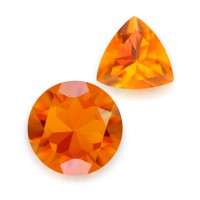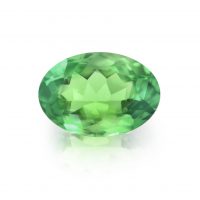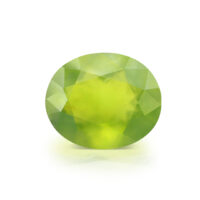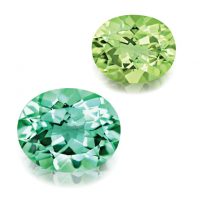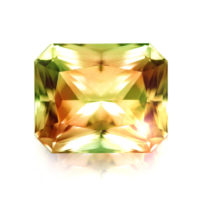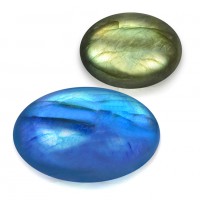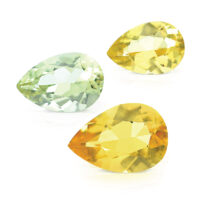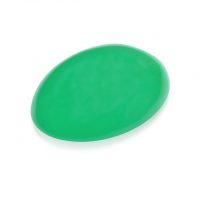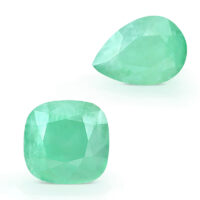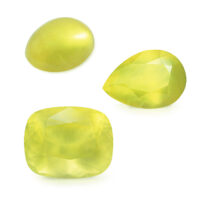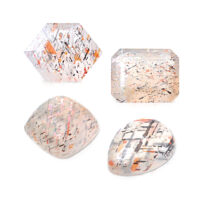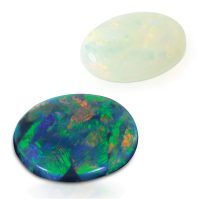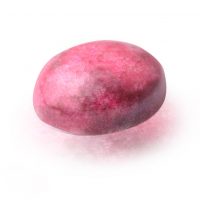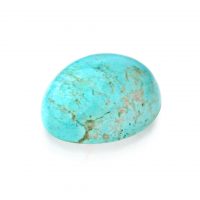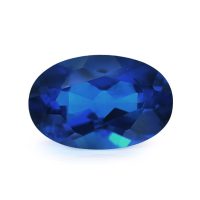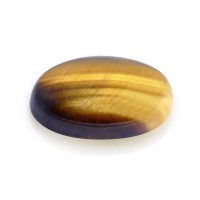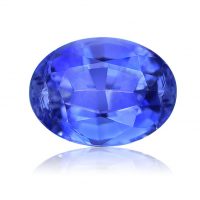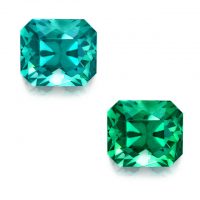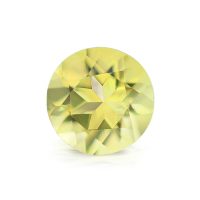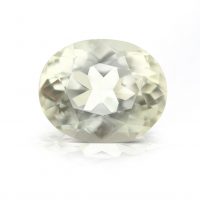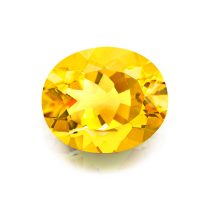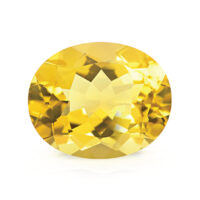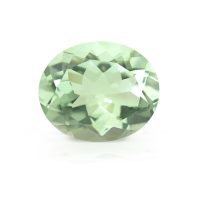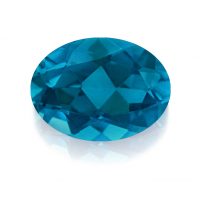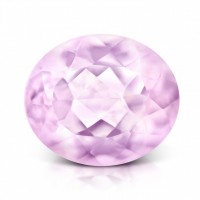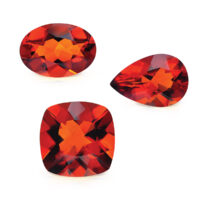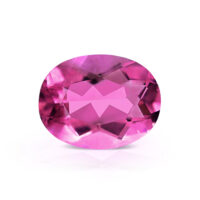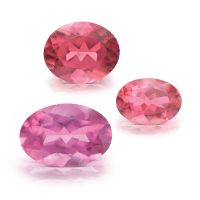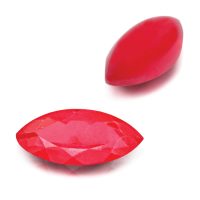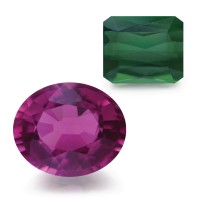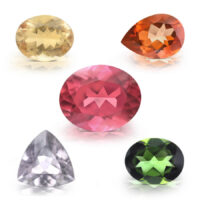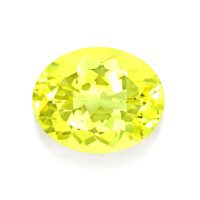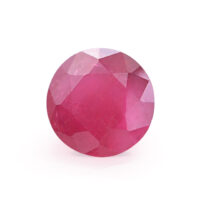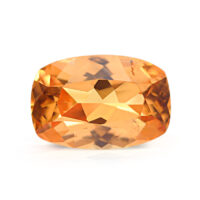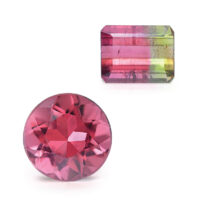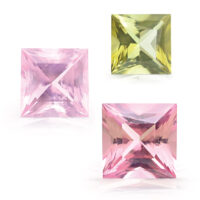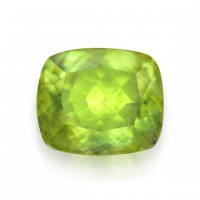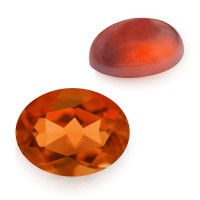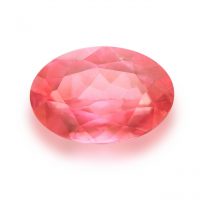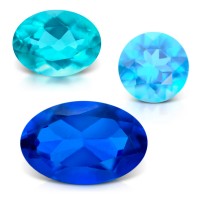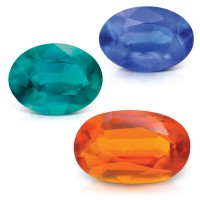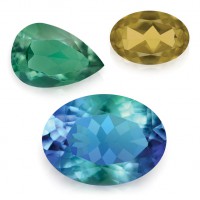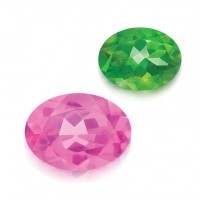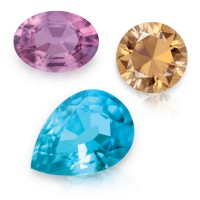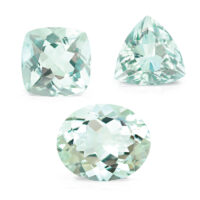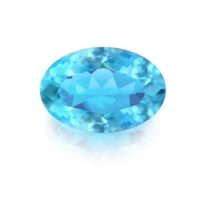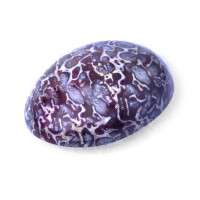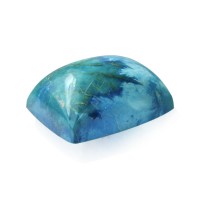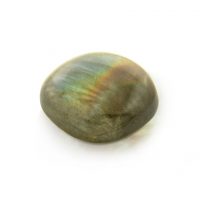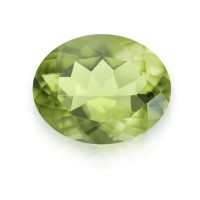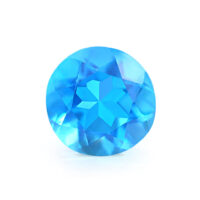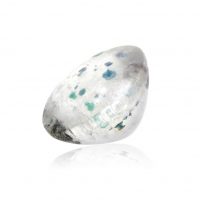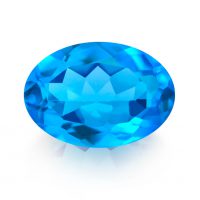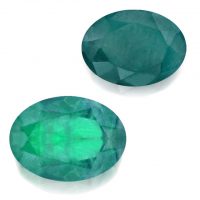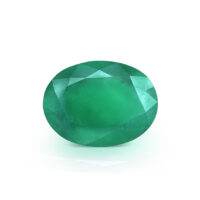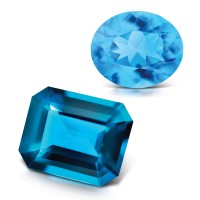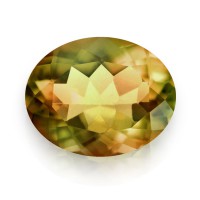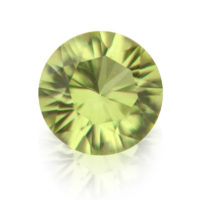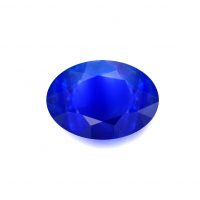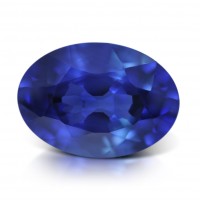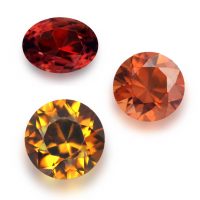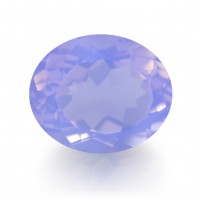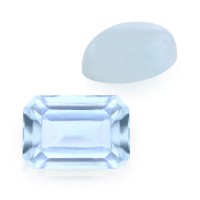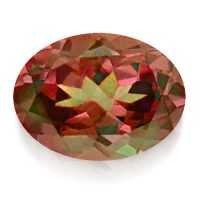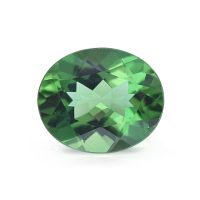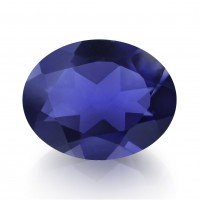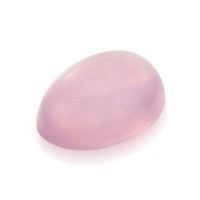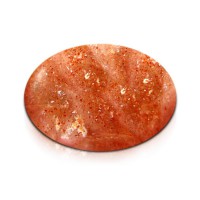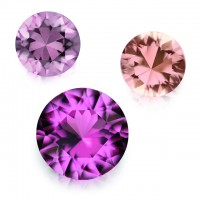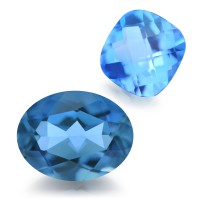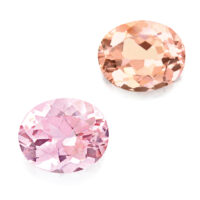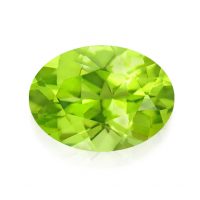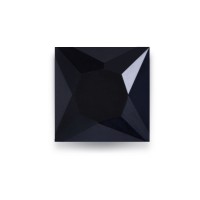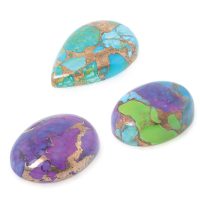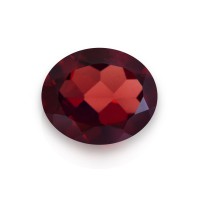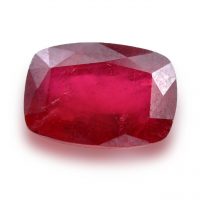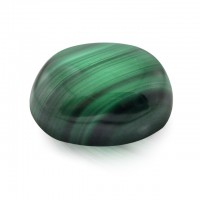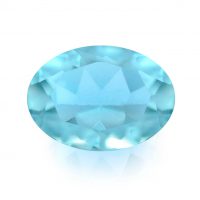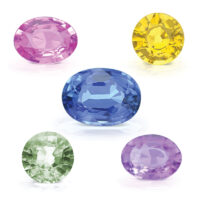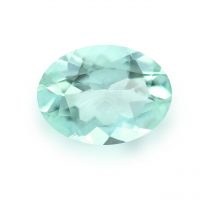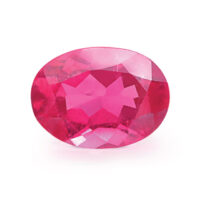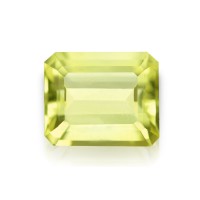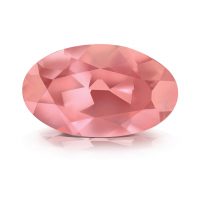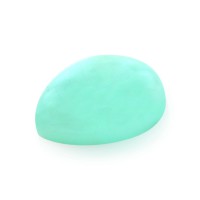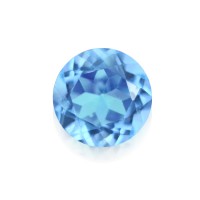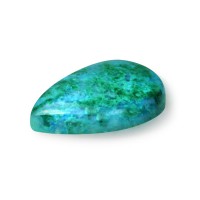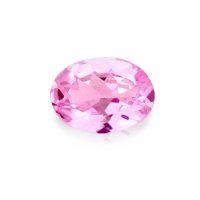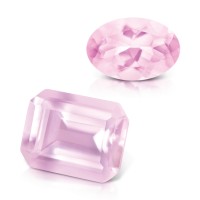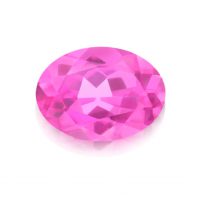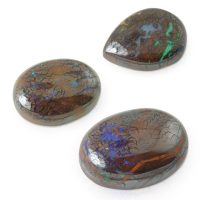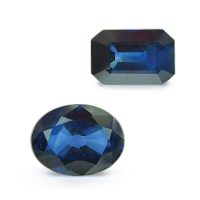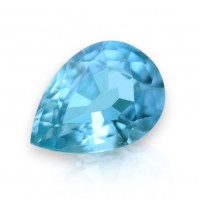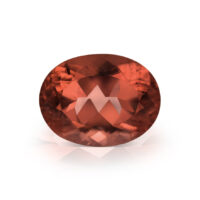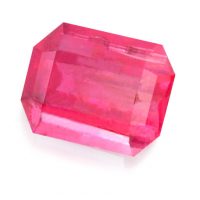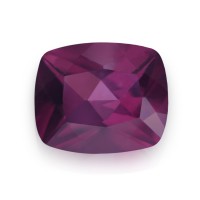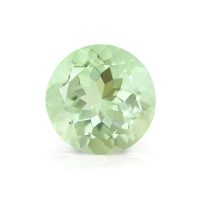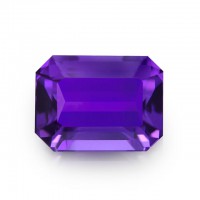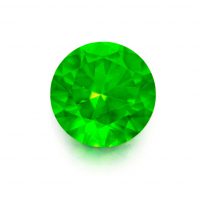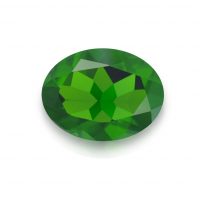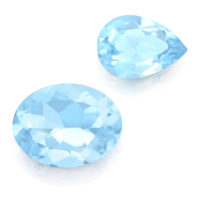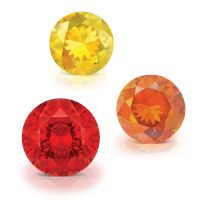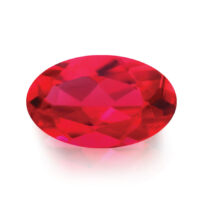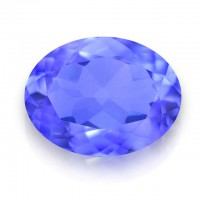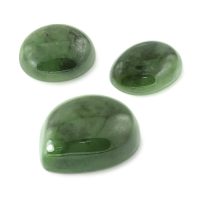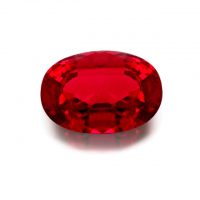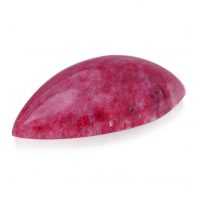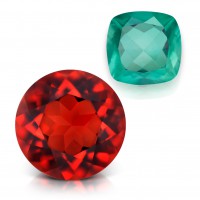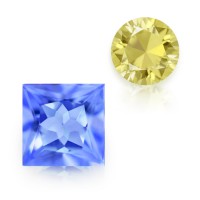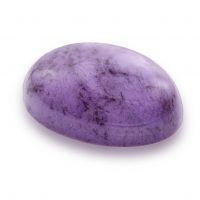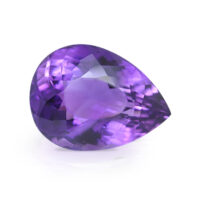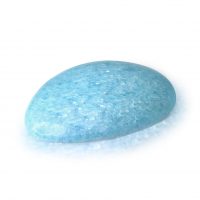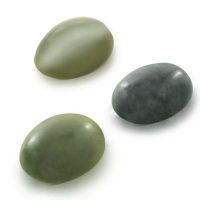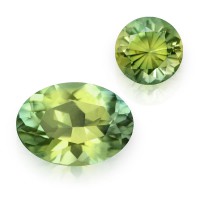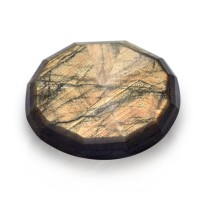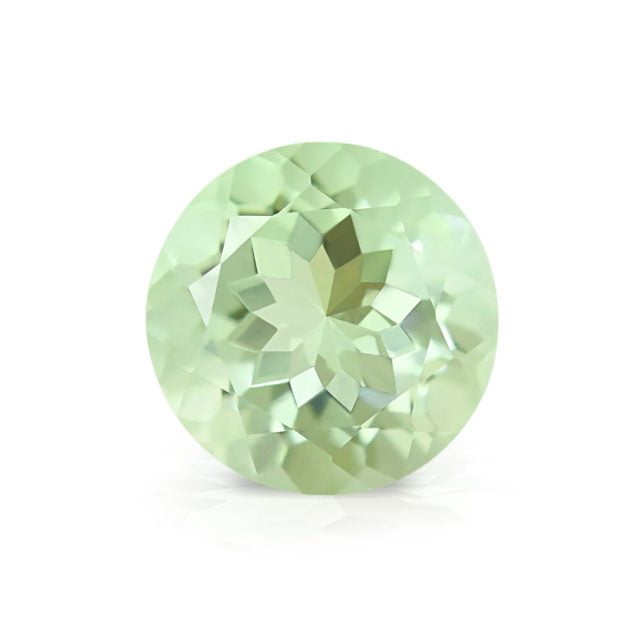

February’s birthstone, Amethysts’ timeless beauty has captivated humanity as early as 2500 BC, affording this classic gemstone a colorful history, rich in myth, legend, and lore. An intriguing twist on this gem’s traditional purples, Rio Grande Green Amethyst’s gorgeous grass greens are prized for their exceptional quality and scarcity. Coming from Brazil’s Sierra do Cristal Mine, the state after which this Green Amethyst is named, Rio Grande do Sul (Great River of The South), is a major source of beautiful Quartz gemstones, including Amethyst and Citrine.
Hardness 7
Refractive Index 1.544 - 1.553
Relative Density 2.65
Enhancement Irradiated
Beauty
Some of the best Green Amethyst available, Rio Grande Green Amethyst is extremely beautiful. Rio Grande Green Amethyst displays beautifully brilliant, grass greens (moderate yellowish-green), with no undesirable grays, in a desirable medium-light saturation (strength of color) and tone (lightness or darkness of color).
With its innate beauty and inherent optical properties dependent on optimal cutting, Rio Grande Green Amethyst’s expertly faceted in the famous Indian gem city of Jaipur, home to some of the world’s best lapidaries. Optimally faceted eye-clean (the highest quality clarity grade for colored gemstones, as determined by the world’s leading gemological laboratories), Rio Grande Green Amethyst’s carefully orientated to maximize its colorful brilliance, maintaining a high-polish/luster, as well as a good overall appearance (outline, profile, proportions, and shape).
Colored by trace amounts of iron, Amethyst is a variety of macrocrystalline (large crystal) Quartz that traditionally comes in pastel roses to deep purples. Quartz is derived from the Saxon word ‘querklufterz’, meaning cross-vein-ore. Some other popular macrocrystalline quartzes are Citrine, Rose Quartz, and Tiger’s Eye. Cryptocrystalline (small crystal) Quartz gemstones include, Agate, Chalcedony, Jasper, and Onyx. Derived from the Greek ‘amethustos’, which means ‘not drunk’, Amethyst is mythologically associated with Dionysus (Bacchus to the Romans), the Greek god of wine, and was once fashioned into talismans and goblets to prevent intoxication. A green variety of Quartz, Green Amethyst’s traded under a variety of names. Gemologically, it’s Prasiolite (from the Greek words ‘prason’, meaning leek and ‘lithos’, meaning stone) and mineralogically, Green Quartz. Ranging in shades of green from pastel to deep forest, sometimes with secondary grey and yellow tones, its other names include, Vermarine, Lime Citrine, and Olive Quartz, a related color variety. While ‘Green Amethyst’ isn’t applied gemologically, Amethyst’s marketplace popularity sees this apt trade name widely used, noting virtually all ‘Prasiolite’ is enhanced Amethyst. While most Amethyst turns orange or yellow (Citrine) when heated, some occasionally turn green. As a result, almost all Prasiolite in the marketplace is enhanced using a combination of heat and irradiation, or irradiation only. Permanent, safe and stable, both enhancements are totally accepted. Usually available as mineral specimens, natural Prasiolite’s translucent green is generally very light. While gemmy Quartz is not available in great abundance, mineral Quartzes’ found in many geological environments, is a component of almost every rock type, and is also the most varied mineral in terms of colors, forms, and varieties. All forms of Quartz are piezoelectric; when heated or rubbed they create an electrical charge, becoming a magnet that attracts lightweight objects. Tourmaline is the only other gemstone that possesses this property.
Rarity
Found on every continent in varying amounts, Amethyst colors and quality differ depending on origin. First appearing in Europe in 1727, gorgeous Brazilian Amethyst remains prolific. Other notable sources include, Madagascar, Morocco, Uruguay, and Zambia. Very limited in its fine gemmy qualities, Green Amethyst is somewhat unusual, and better-known amongst collectors.
Highly coveted for their rare beauty, Rio Grande Green Amethyst hails from the Sierra do Cristal Mine (Mountain Range of the Crystal Mine) located in Irai in Brazil’s southernmost state of Rio Grande do Sul. Mined directly from host rock, Rio Grande Green Amethyst’s typically found in vugs, small cavities in a rock or vein, often with a mineral lining. At around 12 percent, the cut yield for Rio Grande Green Amethyst is lower than usual, the typical return on a gem mineral is 20 – 35 percent.
Brazil is the world’s leading Citrine miner, with most production coming from Brazil’s southernmost state, Rio Grande do Sul. Ametista do Sul, a town in Rio Grande do Sul, reportedly has the earth’s largest Amethyst deposit, and is frequently described as the world capital for this gemstone.
Durability & Care
Rio Grande Green Amethyst is a durable jewelry gemstone (Mohs’ Hardness: 7) well-suited to everyday wear. Always store Rio Grande Green Amethyst carefully to avoid scuffs and scratches. Clean with gentle soap and lukewarm water, scrubbing behind the gem with a very soft toothbrush as necessary. After cleaning, pat dry with a soft towel or chamois cloth.
Map Location
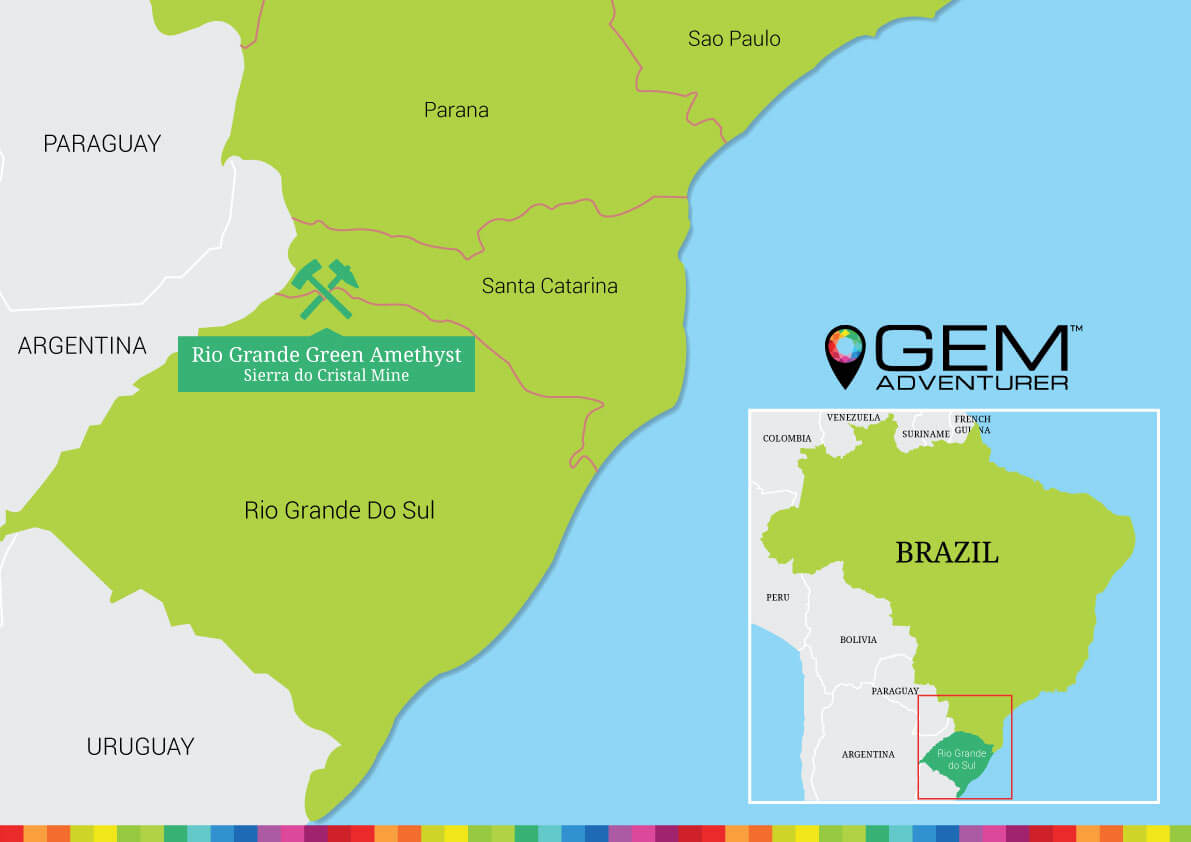
Click map to enlarge
